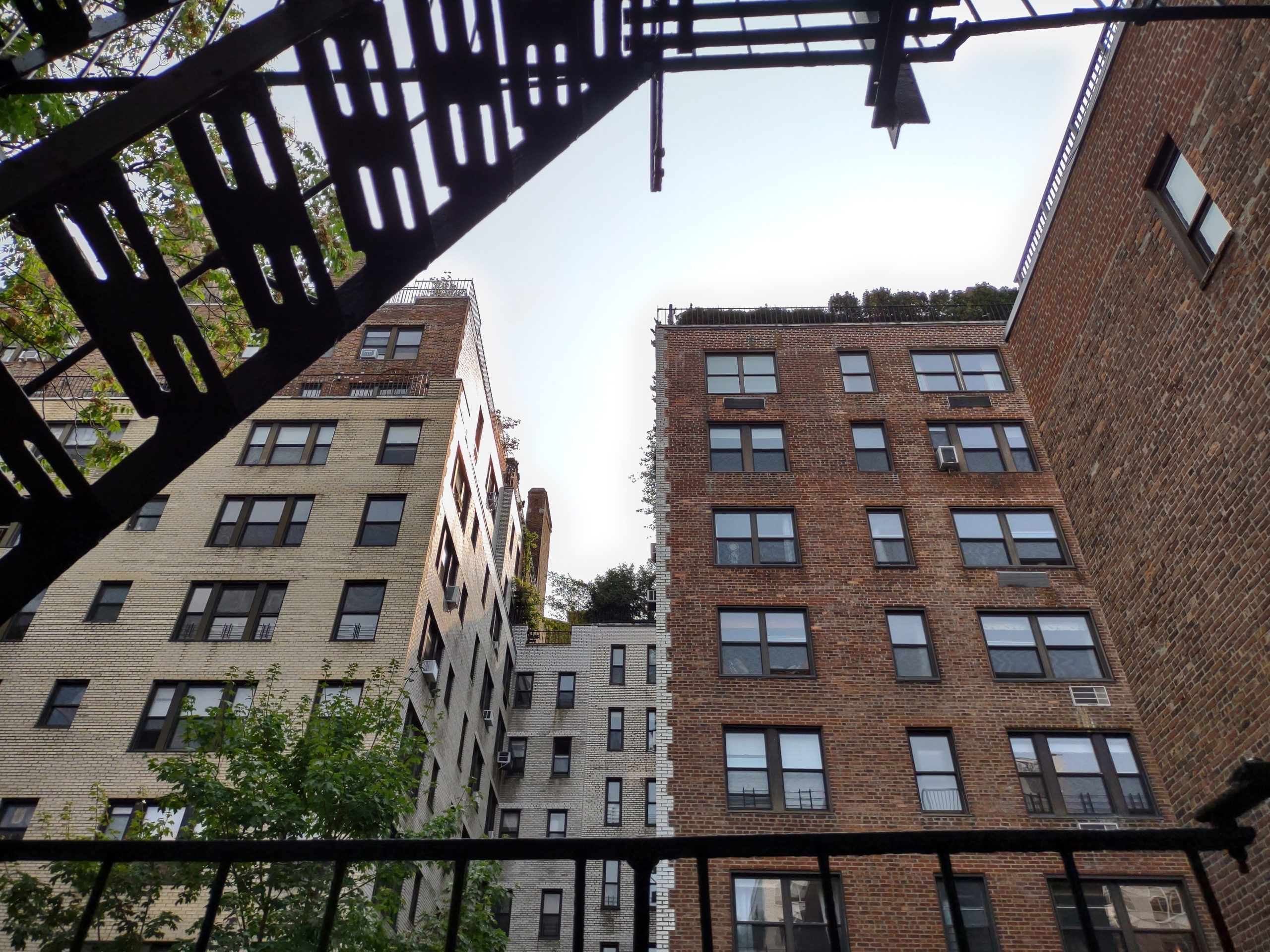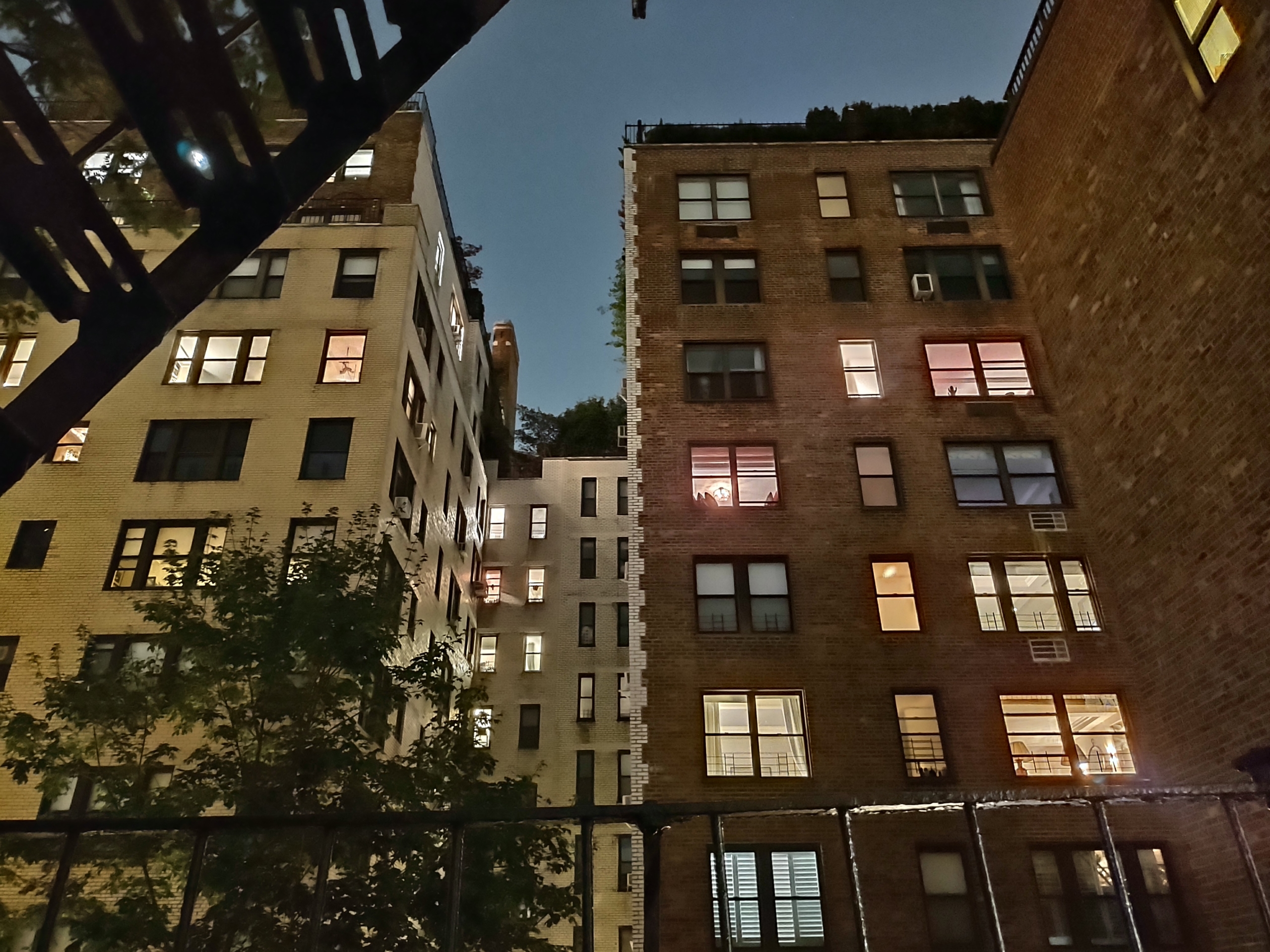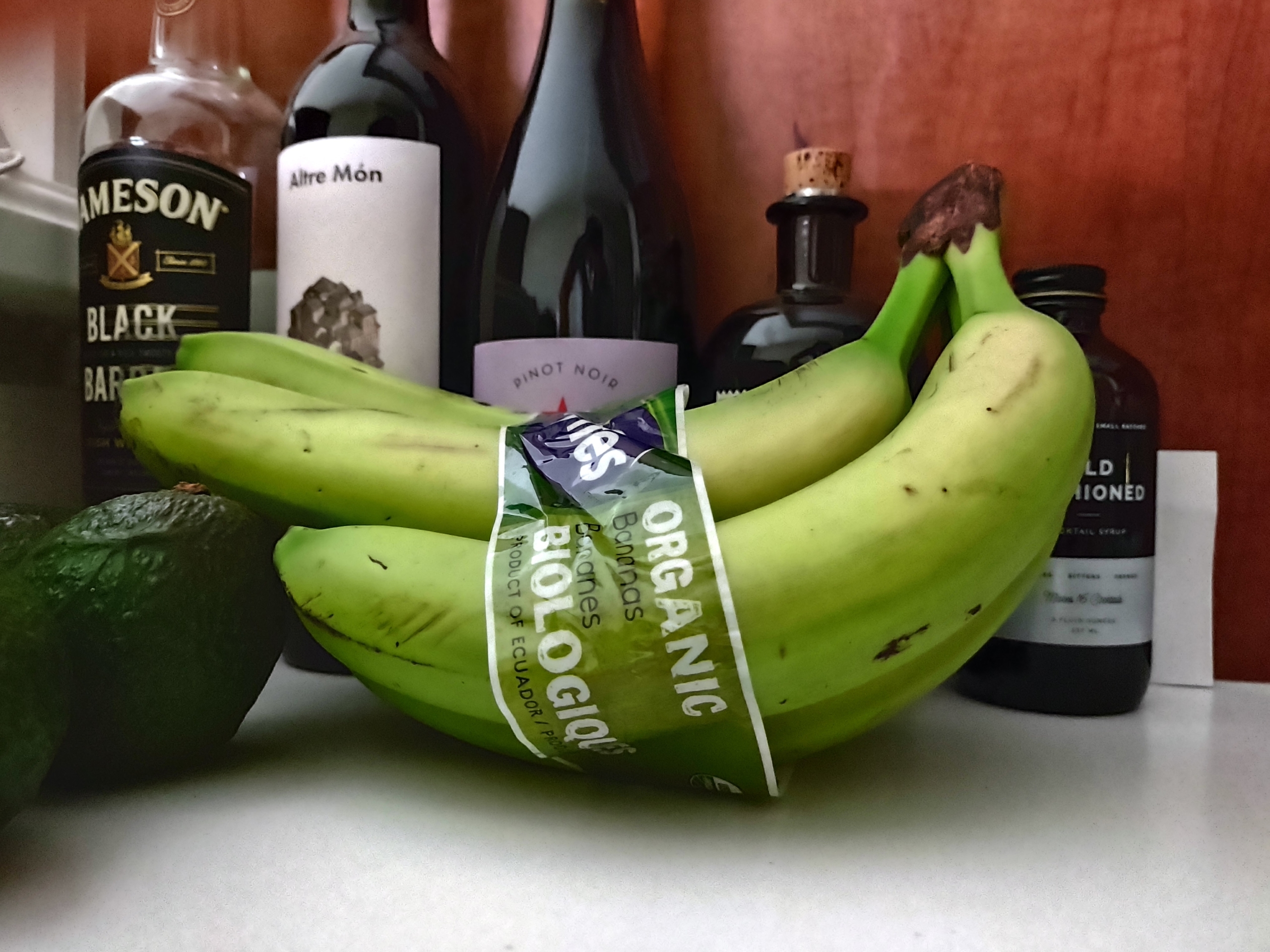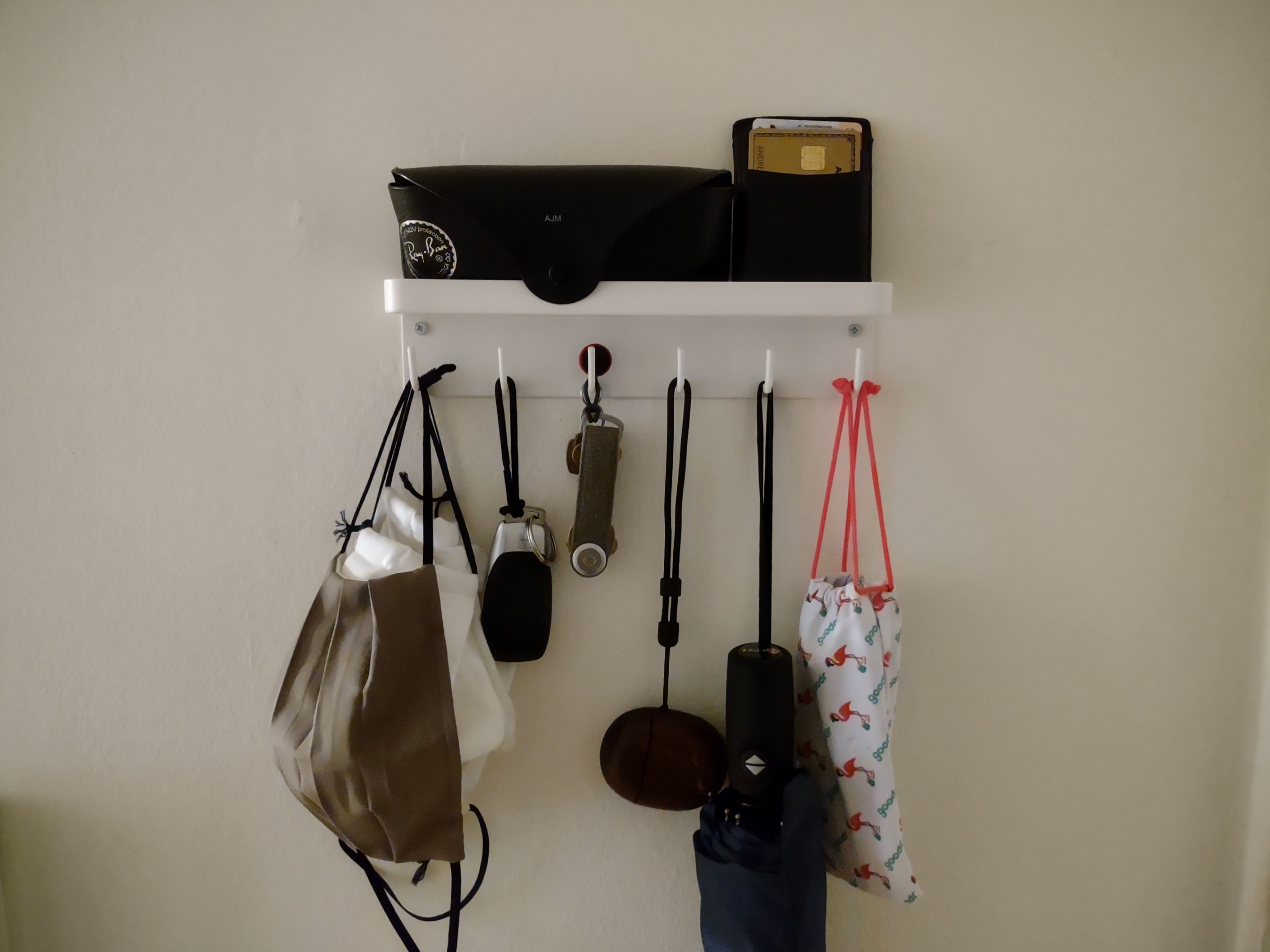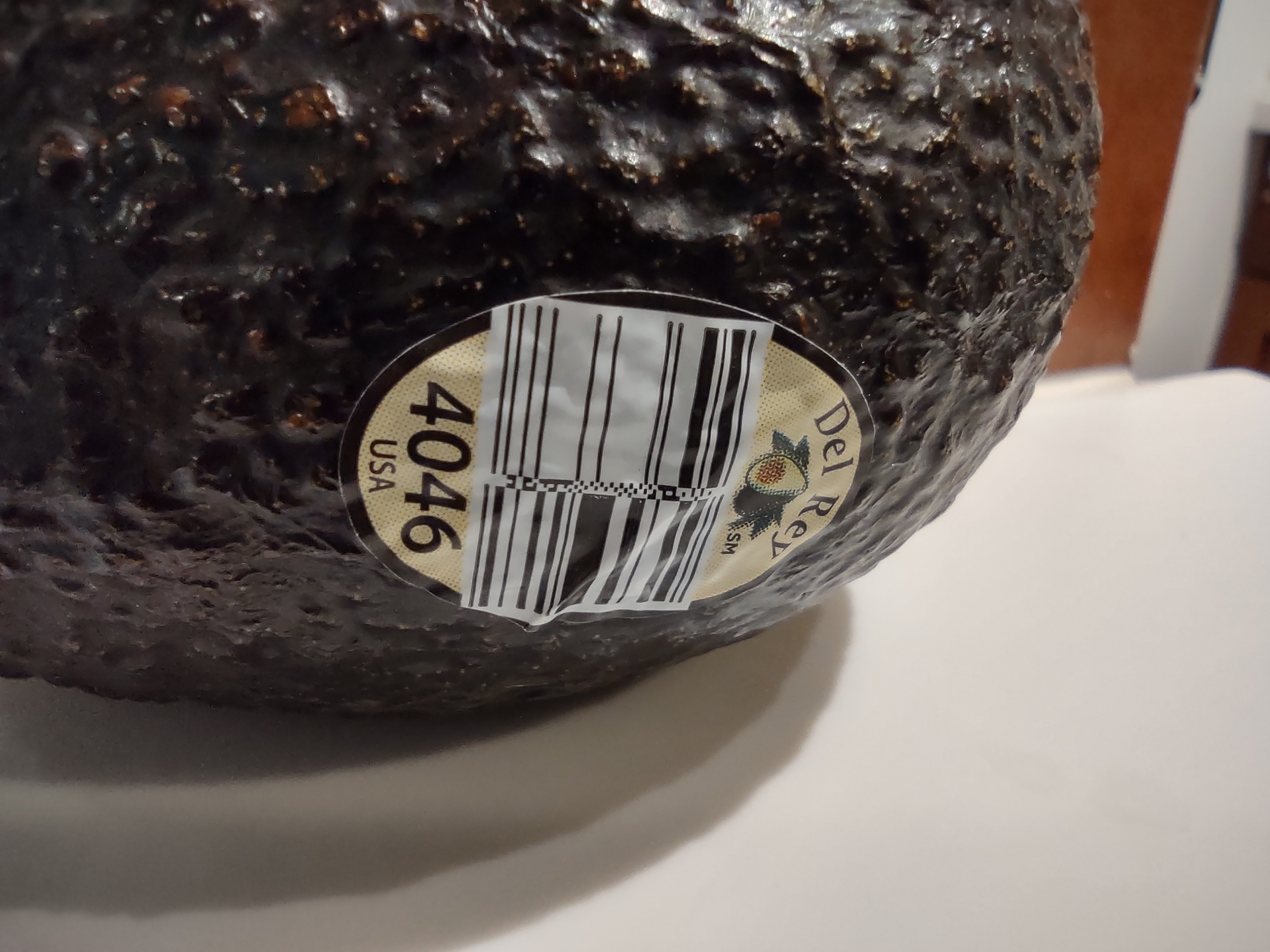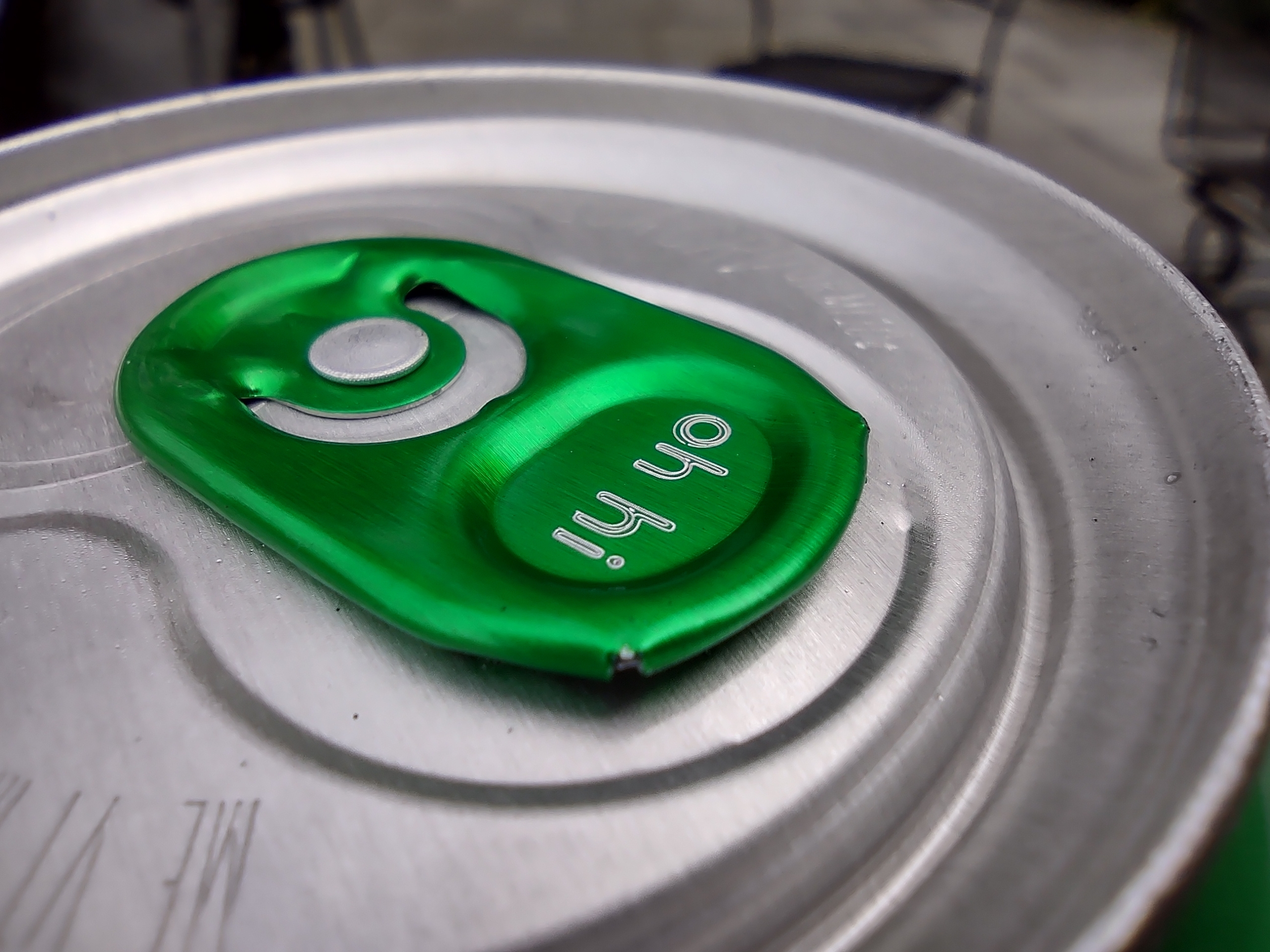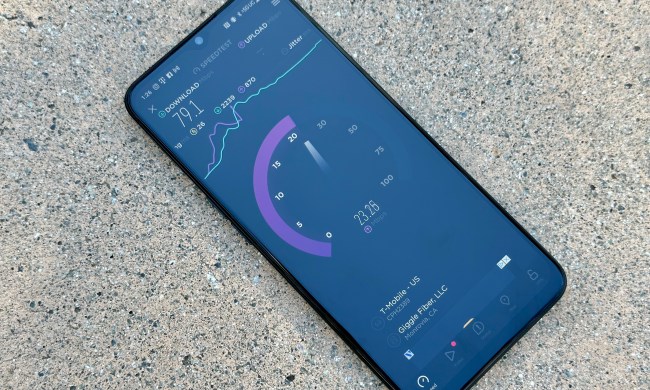“The Motorola One 5G stretches your dollar with a huge display, helpful software, and great battery life.”
- Huge 90Hz display
- Exceptional battery life
- Excellent software with neat features
- Strong specs, aside from 4GB of RAM
- Good main and macro cameras
- Only one guaranteed software update
- Subpar ultra-wide front and rear cameras
- Glossy, fingerprint-prone plastic body
As high-end phones get ever more expensive, pushing well north of $1,000, we’ve thankfully seen the emergence of new value-focused phones in the $400 to 700 range that offer an exceptional experience for a reasonable price. Motorola has always offered that sort of proposition, albeit at a lower price point, with its Moto G line, and has now started to move upward to this middle price bracket with the Motorola One line.
The Motorola One 5G is its latest offering, and it’s a solid package for under $500 on AT&T and Verizon. Here’s why you should consider it for your next phone.
Hardware, design, and display
Motorola knows that when you’re trying to offer great value, big screens and big batteries sell phones. The One 5G is huge, with a 6.7-inch display. But it’s an interesting one, because it’s incredibly tall, with a 21:9 aspect ratio, rather than wide. Even with noticeably large bezels around it, it’s narrower than the biggest phones out there, like the Galaxy Note 20 Ultra — although it’s actually taller than the Note.
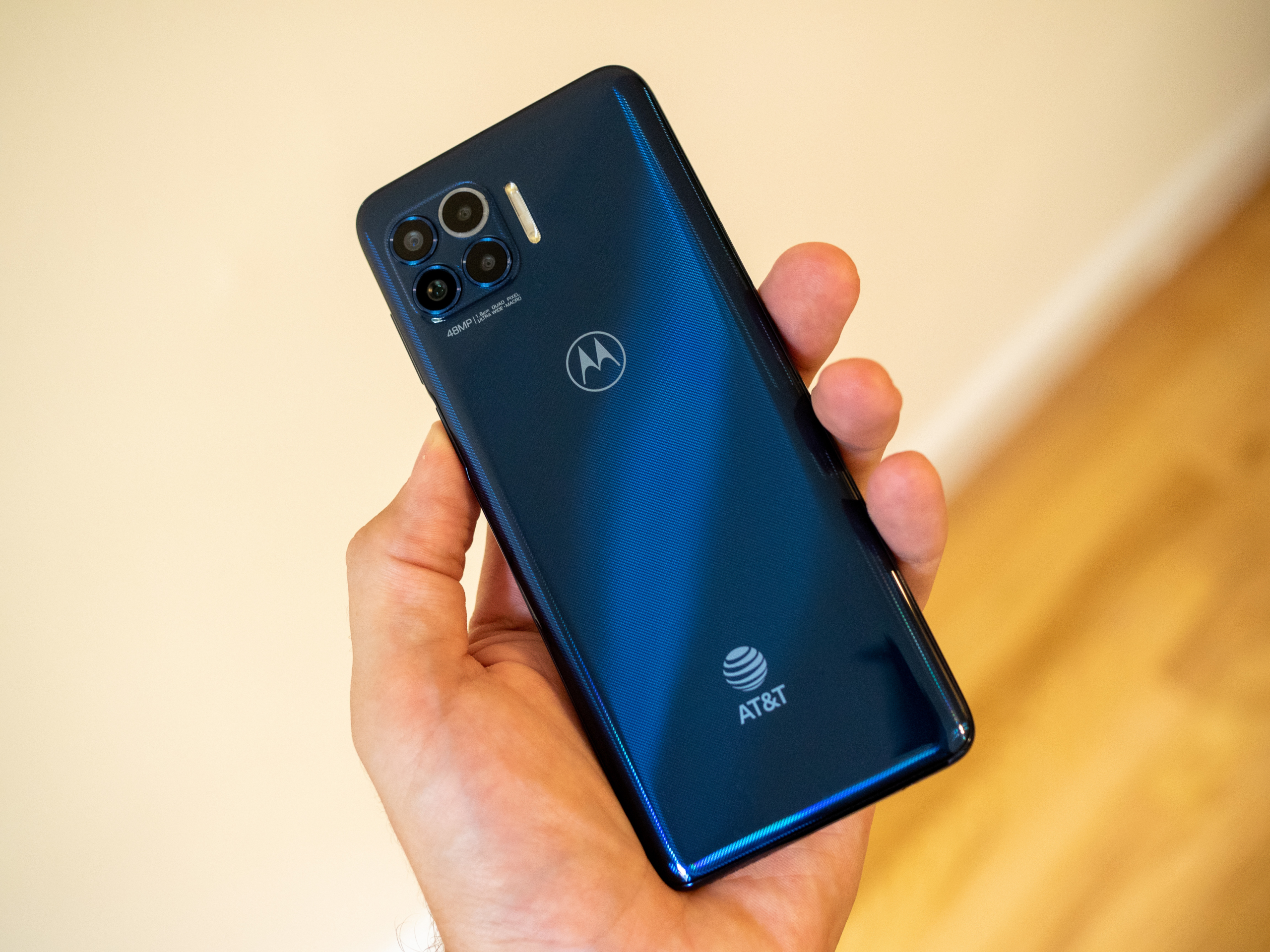
The extra-tall aspect ratio is great for seeing more in your Twitter feed, email inbox, or Instagram page, but it makes it really tough to reach the top of the screen for the many apps that still put buttons and interface elements at the top. That’s the catch-22. The phone isn’t big enough to be a burden in your pocket, but the height can be cumbersome to deal with one-handed. And I’m saying this as a tall person with large hands. My girlfriend found the size of the phone absolutely comical.
The side-mounted fingerprint sensor, which integrates into the power button, is also so high up that you can’t comfortably rest your thumb on it with the corner of the phone resting in your palm, which is an odd decision. And the volume rocker is higher still. These are usability hurdles, for sure.
A tall screen is great to look at, but tough to deal with — even if you have big hands.
The display itself is great for the money. It’s very bright and colorful, completely usable in sunlight, and has a 90Hz refresh rate that makes motion delightfully smooth. Colors get a little washed out at maximum brightness, and darken off-axis, but those are small quibbles on a sub-$500 phone. Unless you’re used to the highest-end Samsung, Apple, or OnePlus phone displays, you wouldn’t know what you’re missing.

For under $500, you don’t expect next-level design or materials. And in the Motorola One 5G, you don’t get them. This is a glossy plastic phone. It looks pretty good, particularly when the light hits the shimmery dotted pattern and throws off rainbow reflections. But it feels as slippery as it looks, and it will never be free from fingerprint smudges. The plastic feels thick and robust, and I’m certain it’ll hold up to drops and bumps over years. But it’s susceptible to little scratches. It took only a couple days for the back of mine to be littered with them.
Software, performance, and battery life
Motorola has a reputation excellent software. It’s great because it’s 95% typical Android, no different from what Google puts on its own phones, but with some Motorola flair that makes the software more helpful and useful without adding weight or getting in the way. Motorola’s gestures are a treat. Make a chopping motion, and the flashlight turns on. Double twist the phone to launch the camera, flip the phone facedown to set do not disturb, and pick up the phone while it’s ringing to silence it. It all works in a way that’s delightful.

The side-mounted fingerprint sensor also pulls duty as a shortcut button. Double tap it gently to launch a shortcut menu where you can open apps or tasks of your choosing. These can be regular apps or specific functions inside apps, like going straight to navigating home in Google Maps, writing a tweet in Twitter, or creating a reminder in Google Calendar.
The issue with the software isn’t what it is today, but what it will be in the future. Motorola only commits to one major software update, which, because of the unfortunate launch timing, will be Android 11, not 2021’s Android 12 release. That means you’ll get a software update very soon, and then only sporadic small security updates going forward. If you’re interested in getting new features down the road, this isn’t the phone for you.

Because this is an AT&T-branded phone, I have to take a moment to excoriate the carrier for once again loading this phone with a customer-insulting level of bloatware. On top of the usual suite of branded apps like AT&T Cloud and AT&T Smart Wi-Fi, you get piles of preloads like 1-800-Flowers, AMC Theatres, Bubble Island 2, DC Universe, NBA, Pet Rescue Saga, and so on. In all, there are 25 additional apps installed. Each and every one is trash and shouldn’t be preloaded on any phone. And I opted out of every possible prompt during (and after!) setup to install more. Stop it, AT&T.
The spec sheet checks all of the boxes, except for the weak 4GB of RAM.
Thankfully, you have 128GB of storage to work with, of which I only used 35GB after installing all of my usual apps and downloading copious amounts of media. Motorola runs a pretty tight software suite (outside of that AT&T bloat), so there’s tons of room for your own data.
Elsewhere on the spec sheet, the Snapdragon 765 processor is a good get at this price, considering it’s powering devices all the way up to the $1,000 mark in some cases. This “midrange” chip is more than capable of handling everything you throw at it and has tons of headroom to use for a couple of years. I can’t say the same about the phone’s 4GB of RAM, which feels stingy in 2020. I didn’t run into excessive instances of apps being killed in the background, but I know that 4GB is the bare minimum for running modern mobile games. Who knows how well that’ll fare over time, despite the processor being more than capable.

Motorola continues its focus on battery life, and goes so far as to say the One 5G is good for two days on a charge. I wouldn’t go that far, because everyone uses their phone differently, but this is certainly a strong battery. After all, 5,000mAh is a ton of capacity, and with these simple specs and software features, it easily gets through even the hardest days with plenty left over. Chances are you’ll just plug it in at night, like everyone does with every phone.
Cameras
The Motorola One has a familiar setup, with a 48-megapixel main camera that uses 4-to-1 pixel binning to output 12MP photos for increased light sensitivity. To spice things up, there’s also an 8MP. 118-degree field-of-view ultra-wide camera, plus a dedicated 5MP macro camera, and a 2MP camera used to collect depth information. That’s a lot going on, and it’s quite a sight on the back of the phone.
The primary camera is good, easily producing photos worthy of sharing on social media without edits. There’s a simple color profile, and when HDR engages, it doesn’t go overboard. There’s ample clarity and crispness most of the time, but when you shoot toward the sky or harsh light, you can get soft edges and blown-out highlights. In low-light scenes, the situation is different: Without OIS, this camera doesn’t stand a chance. The “night” mode does a basic impression of Google Night Sight, making the entire scene near-daylight bright, and dramatically improving crispness and colors … but it’s still not great. In mixed lighting, or indoors, the camera gets by fine in auto mode.
The ultra-wide camera completely misses the mark, though. Yes you get that great wide-angle perspective, but every photo is incredibly soft, washed out, and generally just not pleasing to the eye. It’s fine for a shot here and there, but there’s such a big drop-off from the main camera that it’s a letdown.
I expected the macro camera to be bad, and was seriously surprised. This thing is good, and it’s super-fun to shoot with. Also, 5MP is plenty of resolution, and it actually has autofocus. You get great detail, and the minimum focal distance is extremely short. The ring light is overkill a vast majority of the time, but thankfully the camera doesn’t need it to produce crisp and clear shots. I’m not sure how often people care about taking macro photos, and perhaps that money would’ve been better spent on a good ultra-wide camera instead, but I’m glad that it’s good since it’s included.
The dual selfie cameras follow the same script as the rear cameras: The main 16MP camera is good, the 8MP ultra-wide is not. If you can keep your arm extended far enough to stay beyond the fixed focal distance, you’ll get a well-balanced and relatively crisp photo with the main camera. Par for the course. But the shots on the ultra-wide, which is supposed to save you from reaching so far to get more scenery or people in the frame, instead frustrate by being washed out and soft all around — not great. Stick to the main camera.
Our take
Motorola’s take on the “affordable midrange phone with 5G” segment is a good one, and the company continues to prove that you don’t have to spend a ton of money to get a solid smartphone with many of the latest features and great software. For under $500, you’re getting a good software experience with thoughtful additions, although it’s marred slightly by AT&T’s exceptional level of bloatware (and Verizon won’t be much better).
Performance is great, and everything looks good on this big 90Hz display. Main camera quality is fine for the segment, and the extra macro shooter is fun. Plus, you can do it all without any concern over the battery running out before the end of the day.
The only real downside is the hardware, in both size and quality. The Motorola One 5G is just too darn tall for many people to use comfortably one-handed, even if it is well-suited to showing you more content in apps without scrolling. And the hardware just feels cheap, from top to bottom. But of course, there are bound to be shortcomings and compromises at this price.
Is there a better alternative?
The Motorola One 5G plays in a competitive space price-wise, but at the same time is only available from AT&T and Verizon, which limits its market slightly. If you’re looking for a phone to use on T-Mobile, or would prefer to buy unlocked, there are good options.
The biggest competitor has yet to be officially announced, but will be soon: Google’s Pixel 4a 5G will launch on September 30. All indications are that this larger version of the Pixel 4a, with 5G connectivity, will also come in under $500. At that price, I would recommend the Pixel 4a 5G over the Motorola One 5G, due to its dramatically better camera and a Google software experience that includes three years of guaranteed updates. If you don’t care about 5G or having a huge phone, the base Pixel 4a is an incredible value at $350.
As for phones you can buy right now, Motorola actually makes a competitor: The Motorola Edge. It’s regularly discounted to $500, has 5G, and is overall much nicer phone in terms of specs and hardware because its MSRP is actually $700.
How long will it last?
There’s no doubt that Motorola’s phones are tough. With this thick plastic exterior, I have no worries about the Motorola One 5G lasting you a few years from a hardware perspective. The only question is the software.
Motorola guarantees one major software update, which in this case will be Android 11 that was unfortunately released at the same time as this phone. That means you’ll only get a few security-related software updates in the future, which Motorola also isn’t great with. You may be feeling left behind because of the Motorola One 5G’s software well before the hardware gives out.
Should you buy it?
Yes. If you’re on AT&T or Verizon and want a big phone with 5G under $500, the Motorola One 5G is an excellent pick. Particularly since the carriers are expected to offer great incentives, with discounts on financing plans that could drop the price under $400, or in some cases even $300. At that price, this phone really stands out. However, if you’re willing to buy unlocked (and on sale) with the Motorola Edge, or wait a few weeks in the case of the Pixel 4a 5G, you do have other options.








